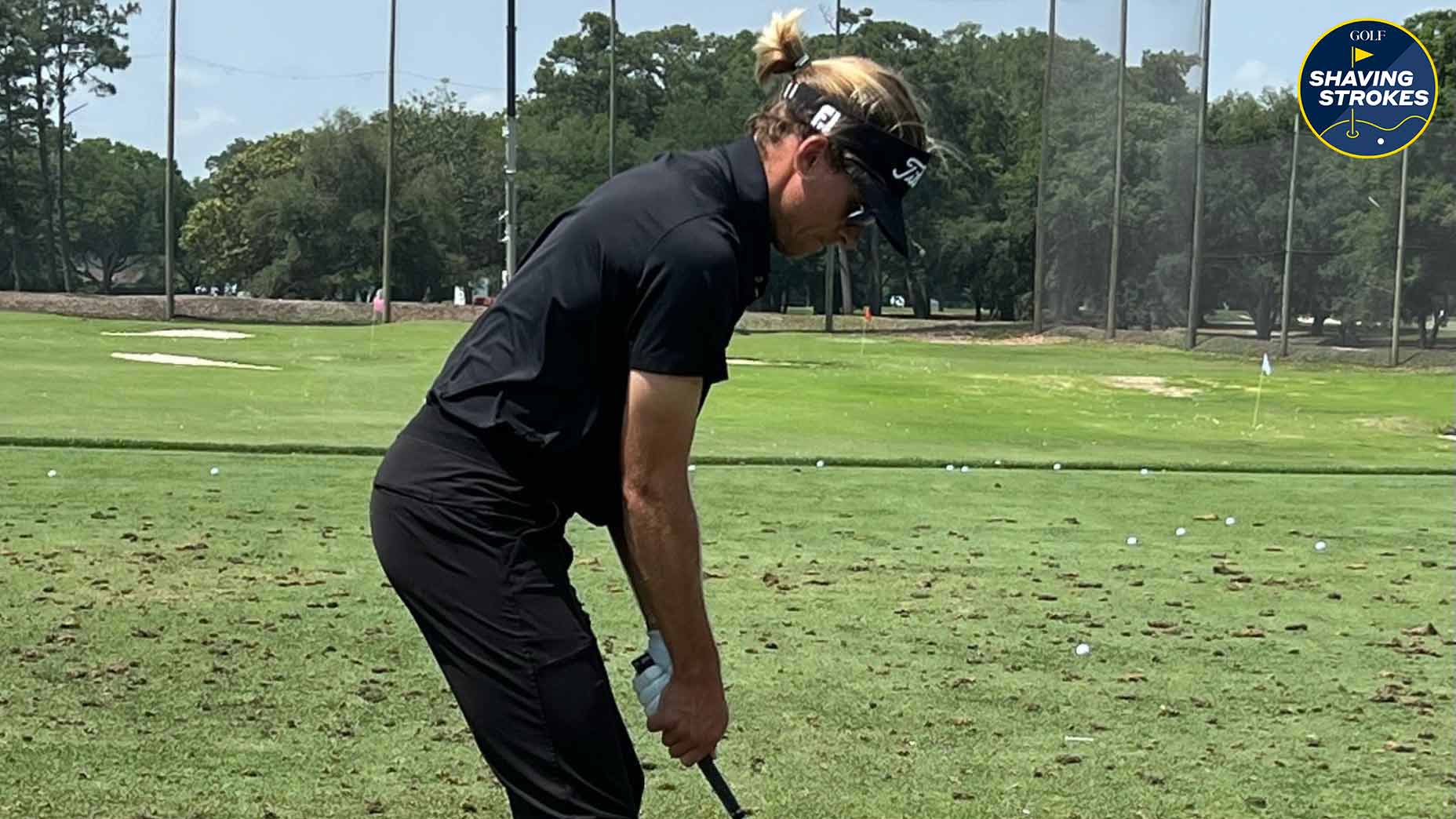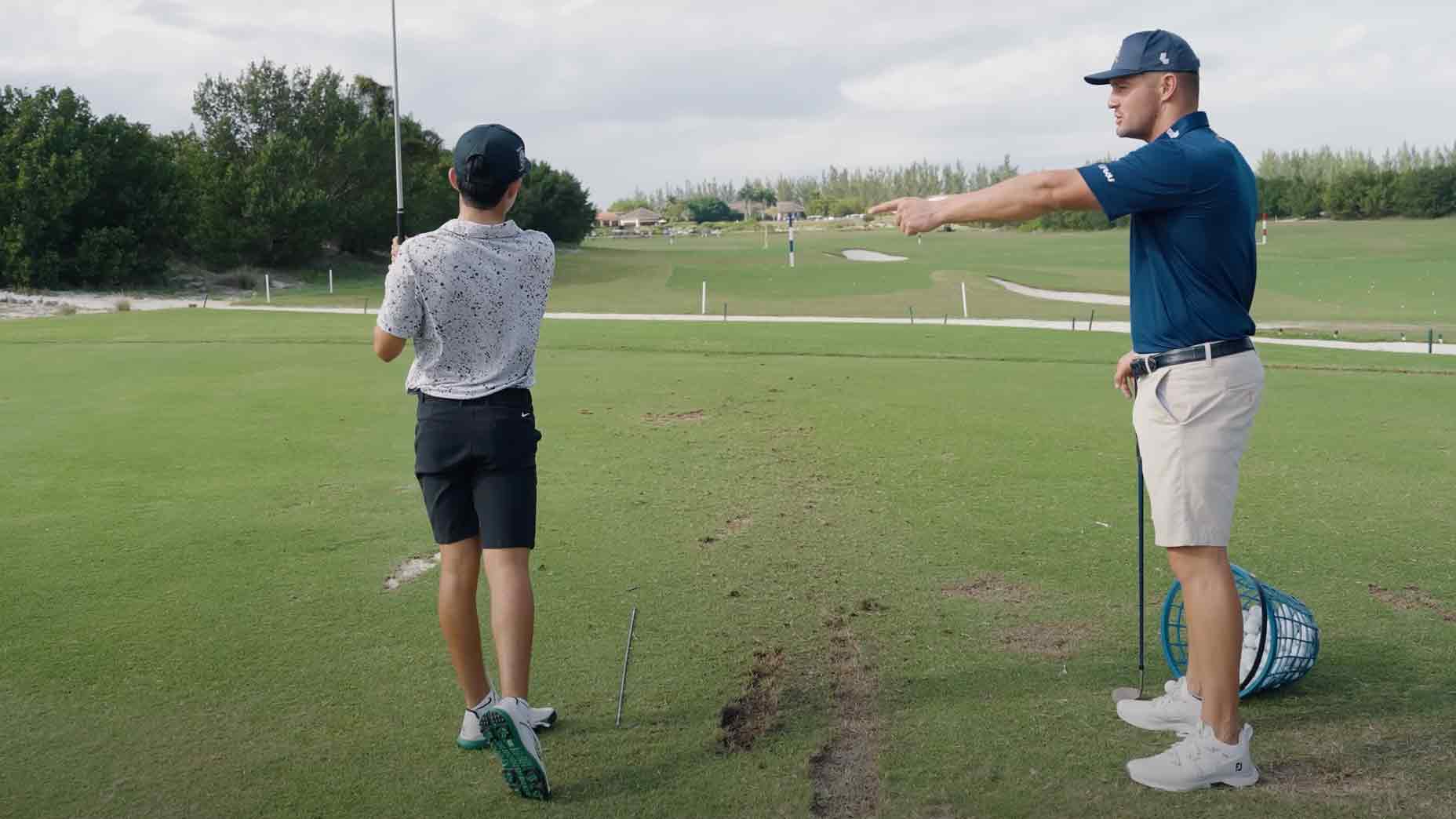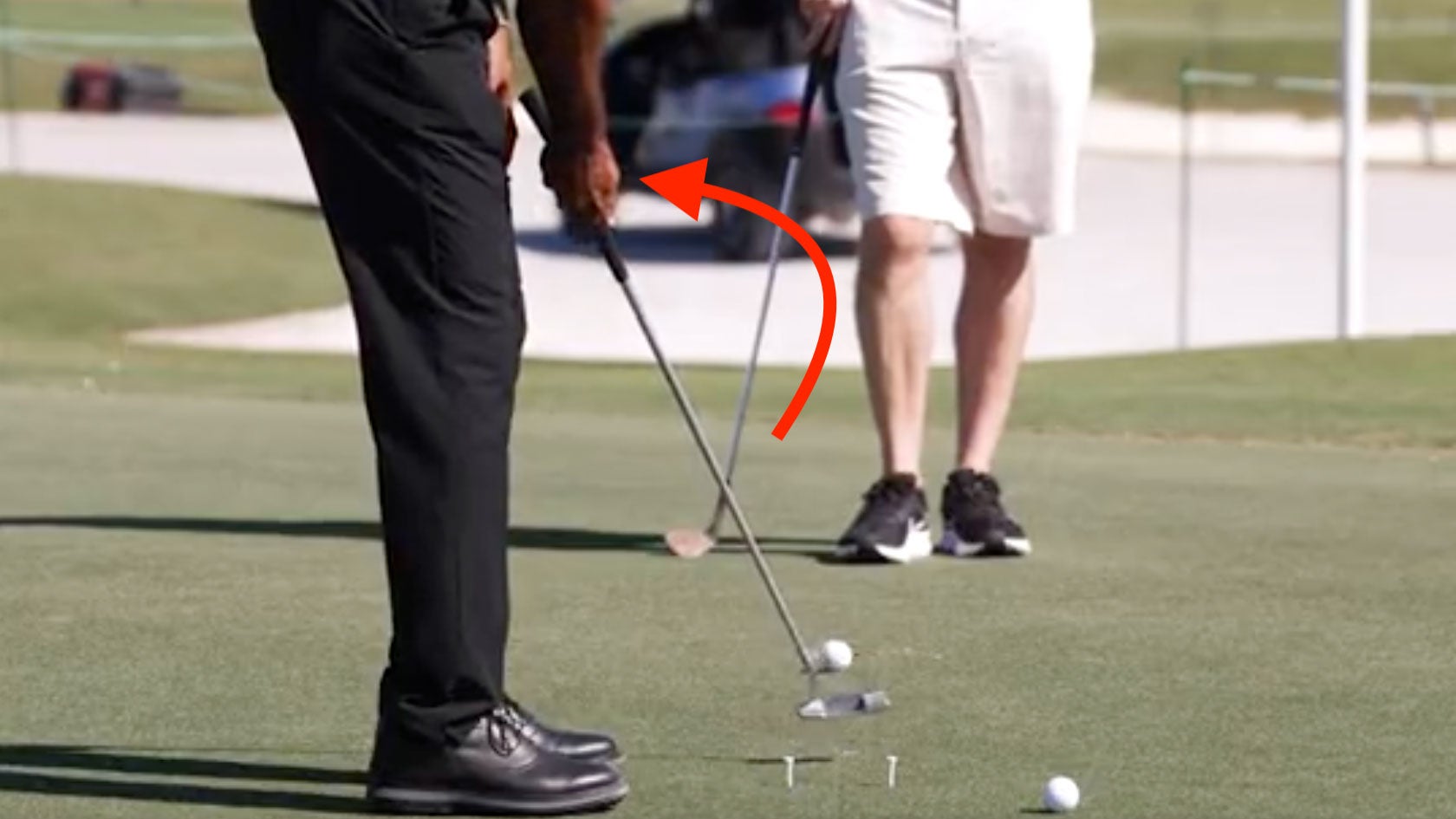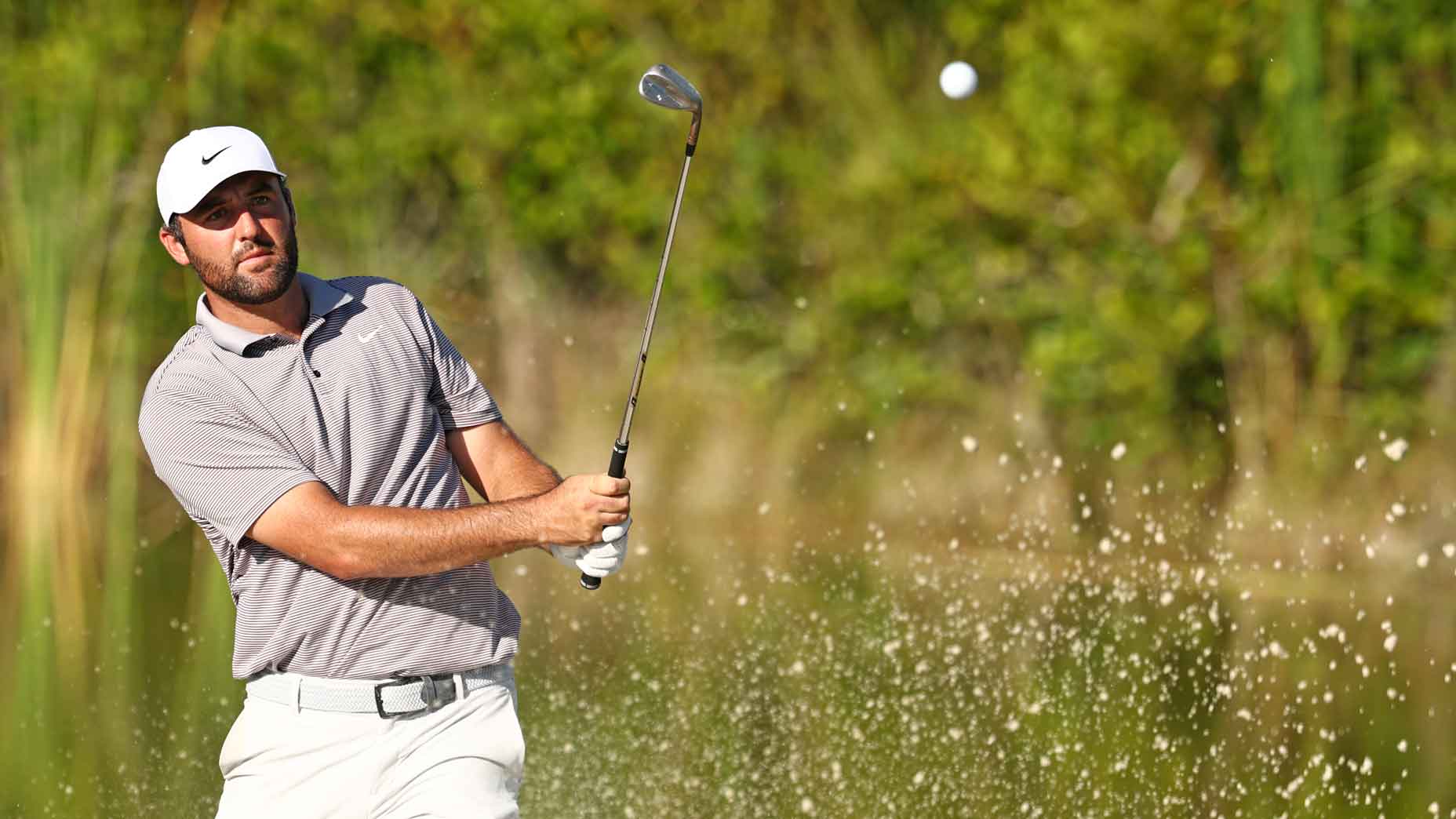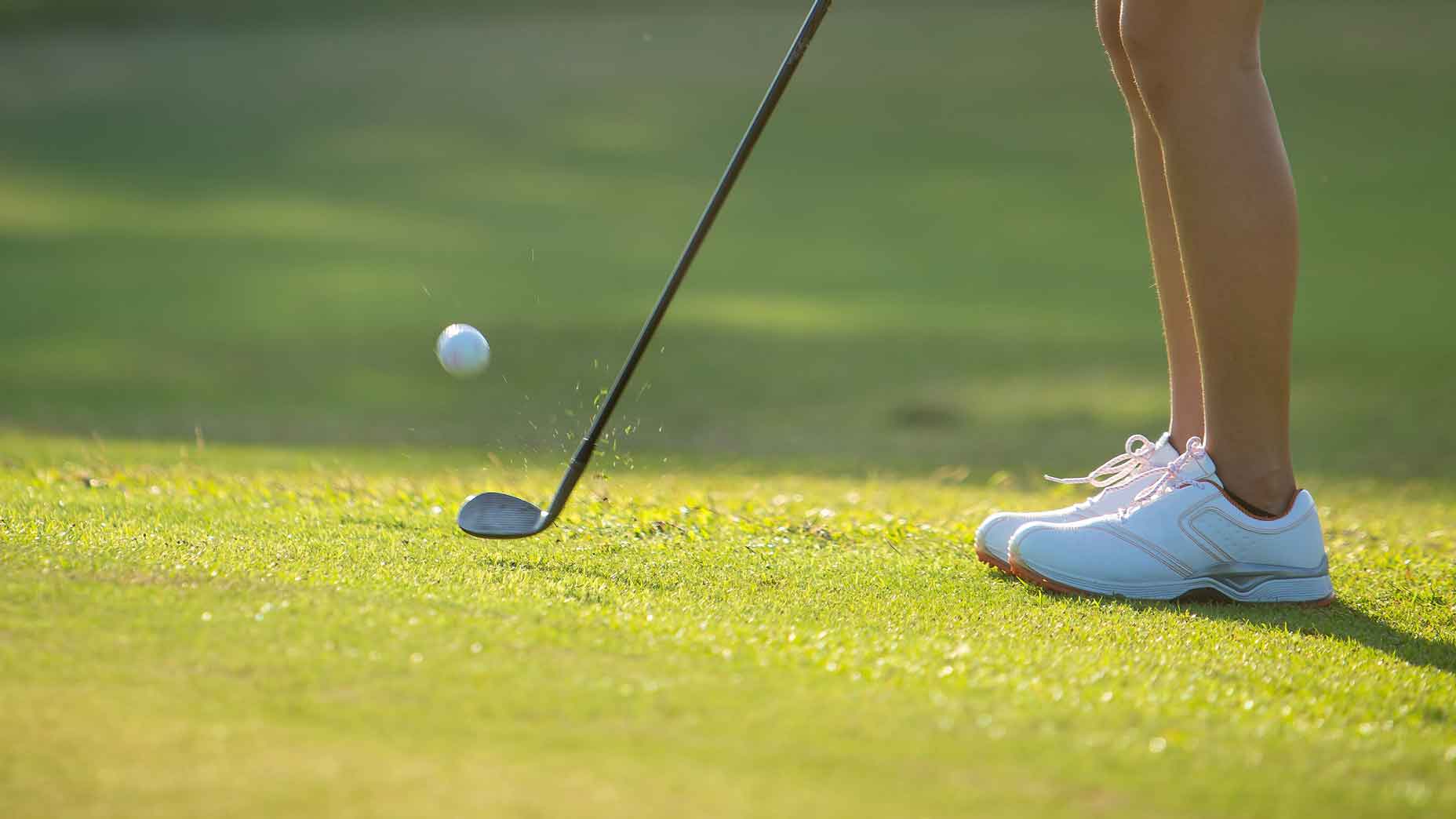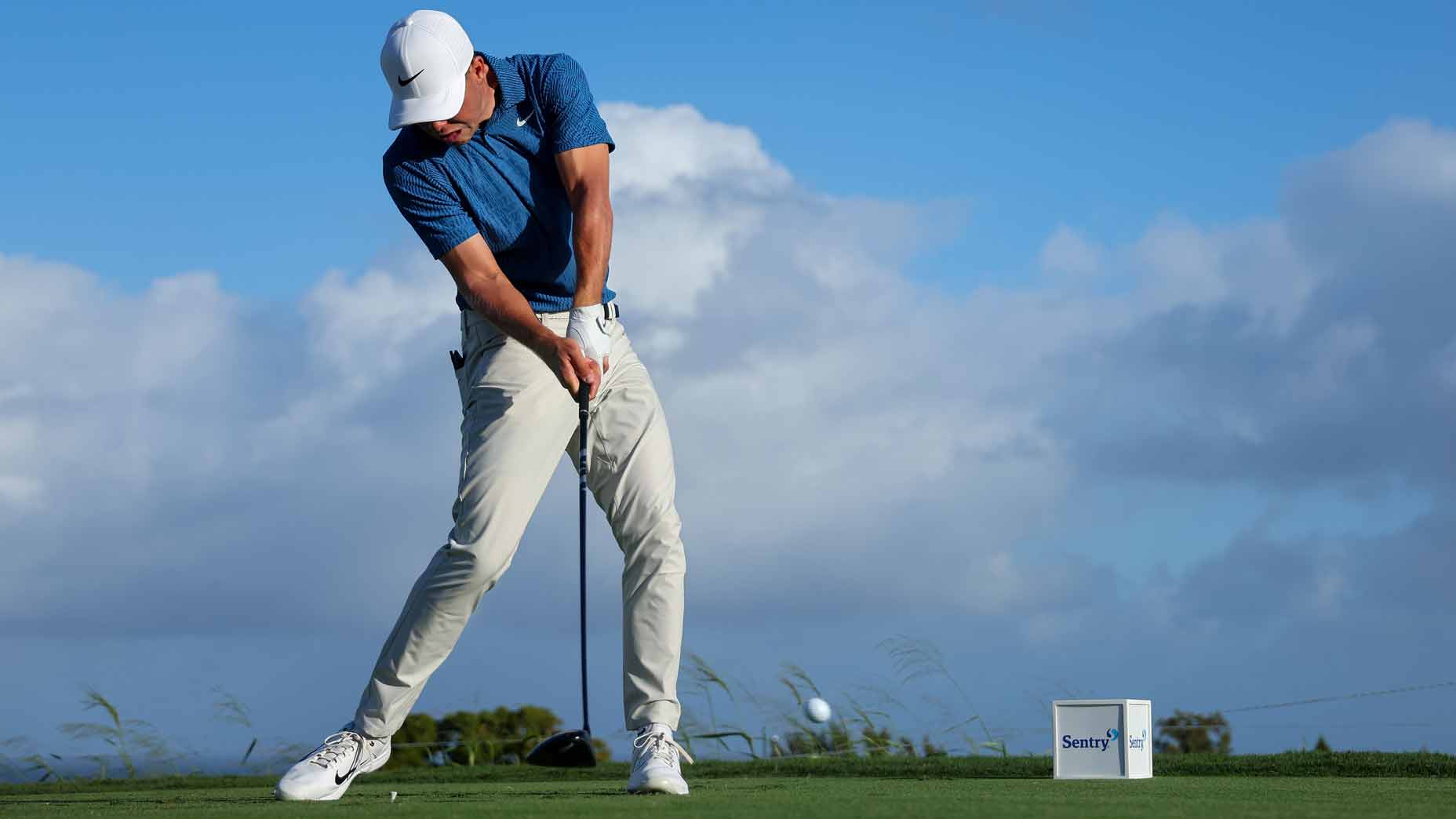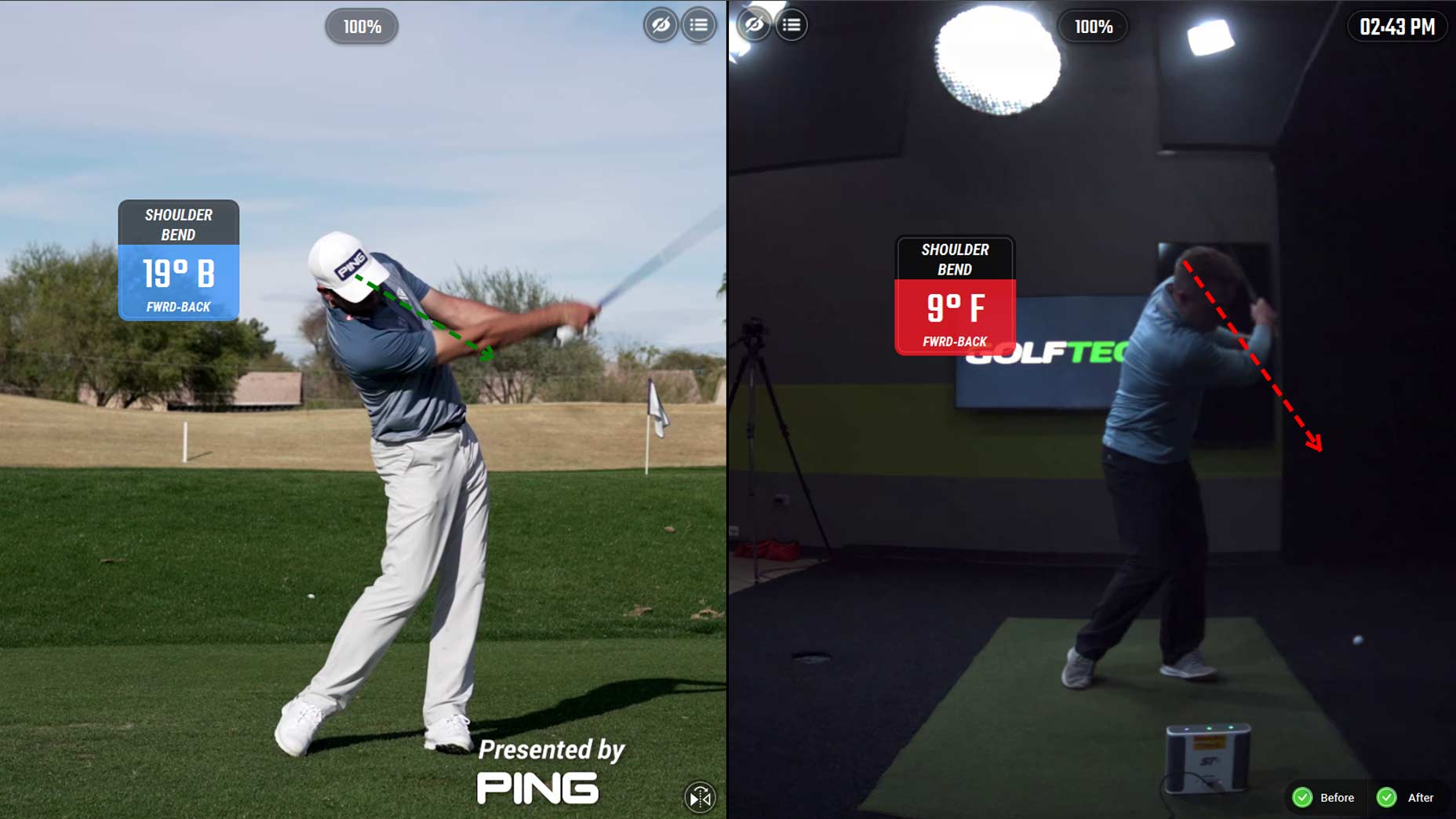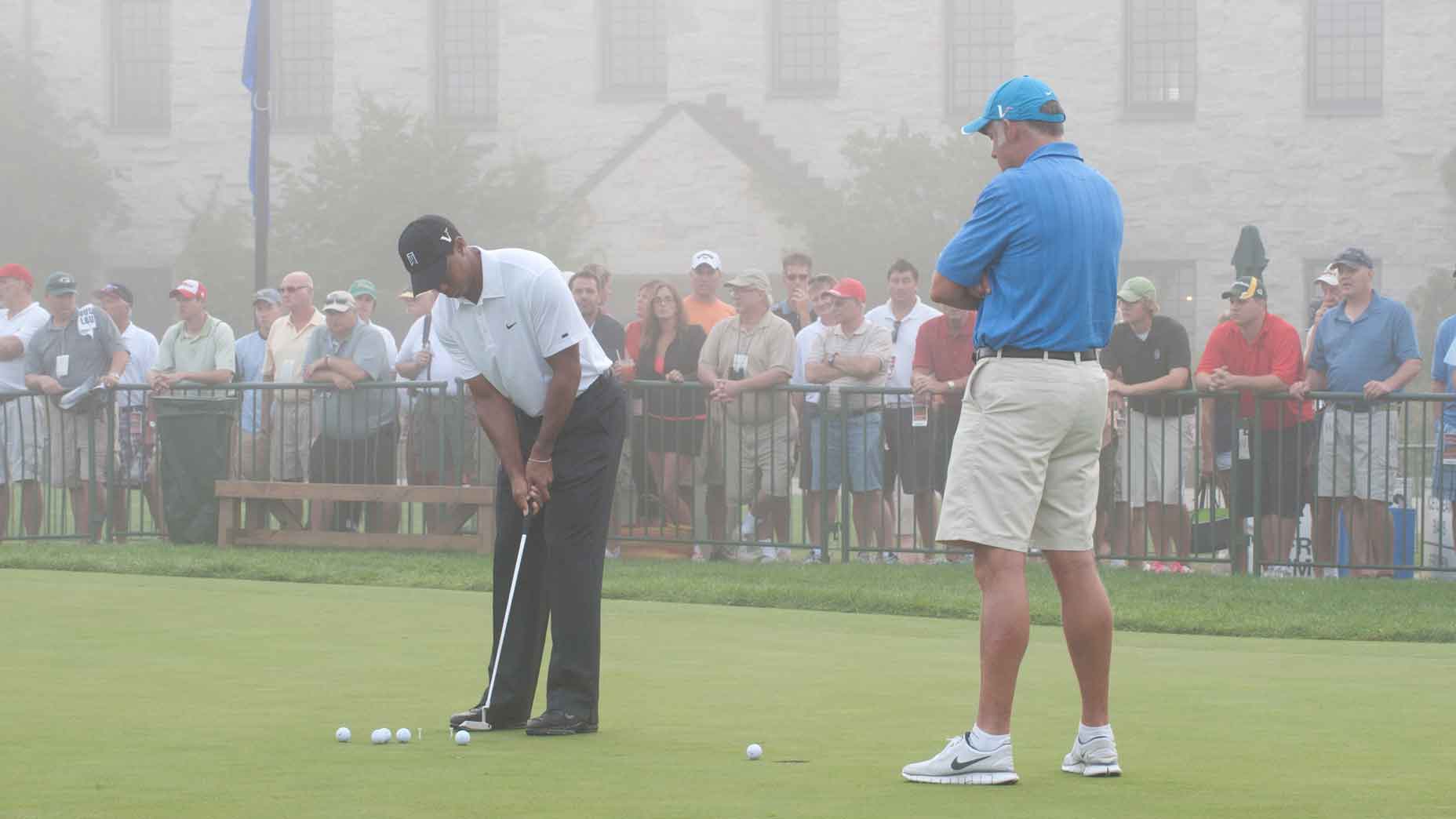Welcome to Shaving Strokes, a GOLF.com series in which we’re sharing improvements, learnings and takeaways from amateur golfers just like you — including some of the speed bumps and challenges they faced along the way.
As a mid-handicapper who often grinds on the driving range to improve his game, I’m fascinated by how efficient pro players are during practice. Rather than belting ball after ball, pros are often very specific with what they work on.
But does a player’s practice change from week to week on Tour, or are the habits the same?
For instance, if a player putts poorly but drives the ball with accuracy one week, how much extra emphasis will that player’s short game receive in practice the next week?
Bryson DeChambeau’s 4 keys to building repeatable golf practiceBy: Nick Dimengo
I reached out to golf teacher Bill Schmedes to help me out — who has worked with over 20 PGA Tour players over the years.
Schmedes was recently down at the Myrtle Beach Classic with one of his pros, so he sent me a recap to describe the subtle tweaks the player made over the week leading up to the tournament.
What a pro’s golf practice looks like from week-to-week
During a recent trip to the Myrtle Beach Classic, I detailed some of the tweaks that one of my pro players used between tournament weeks to avoid falling back into bad tendencies. I’ve highlighted them below.
Short game

This player has a tendency to get too open with his alignments (leftward), tilting his chest too far away from the target. When he does this, he causes the golf club to work too up and out in the backswing, leading him to back out of the shot in the downswing to get the club back into the right position. This affects strike location and spin.
To improve this issue, he focuses on feeling “square” with his alignments by flaring the front foot — even though he’s still slightly open — which helps the hands, club, and body move more efficiently throughout the swing motion. To achieve this, he places an alignment stick down and records his swings from both face on and down the line, which helps provide proper feedback.
Putting

Even though putting has always been a strength of this player, he still tends to get his eyeline too far inside of the ball, with the hands sitting too low at address. When this happens, the putter will arc too much throughout the stroke, often leading to a face that gets too shut, causing low-side misses.
How a sleeve of golf balls can improve your puttingBy: Nick Dimengo
To improve his eyeline at address, we use a string during golf practice to visually feel like he’s splitting the ball into two, even though his eyes are still looking down at the inside part of the golf ball.
Once he’s set up correctly, he focuses on feeling his wrists flex upwards and away from the ground, meaning he’s raising the shaft just a touch. This allows his lower forearms to run in a straight line (when looking at it from down the line), helping him improve the putter face relative to the path — and giving him a more efficient start line.
Remember! In putting, clubface is king!
Full swing

Sometimes, this pro’s fade tendencies get too exaggerated, which can cause his swing path to move too far left. He also tends to shift his alignments a bit too far left with his longer clubs, using a ball position that gets too forward. He then tends to lose spine tilt at address. Given the amount of speed this player can create, these flaws will cause his ball to move too far off-line.
To correct the issue with his longer clubs, we create a “T station” — setting up two alignment sticks on the ground to help with both alignment and ball position). He then tries to feel like he’s pulling back and dropping his right shoulder at address, even though he’s not, which helps improve his spine tilt at address.
Is Tiger Woods’ one-handed putting drill effective? We asked an expertBy: Nick Dimengo
By using this combo together, it allows him to move both the club and his body more efficiently, ensuring he’s not swinging as leftward/downward — especially with the driver.
As you can see from these examples, what separates the pros from the Joes is their understanding of how and what to work on in practice. They’re constantly honing each part of their game, and shifting their emphasis as their performance dictates.

Swing Caddie SC300i Launch Monitor
View Product
